
Go I know not where
Joan Mitchell Center +
Good Children Gallery
Joan Mitchell Center +
Good Children Gallery
A series of work begun in residence at the Joan Mitchell Center in 2024, Go I know not where is inspired by the Slavic folkloreism and social geology. The title comes from the story Go I Know Not Where, Bring Back I Know Not What, which tells a royal huntsman whose spared bird-wife helps him through perilous trials. Barbara Henry’s analysis highlights how this tale reflects the transition from magical to practical elements due to industrialization and environmental change. Reflecting this theme, the show explores water’s dual role as both generative and destructive in Southern Louisiana. It features drawings of local waterways, cyanotypes of personal symbols like hair and palm fronds, paper made of algae, and historical references such as Soviet-era exile measures. The work further delves into Slavic folklore with the deity Mokosh, using embroidery patterns to connect with cultural and ecological narratives and the interplay between memory, environment, and tradition. This work was shown at Good Children Gallery in New Orleans in 2024.
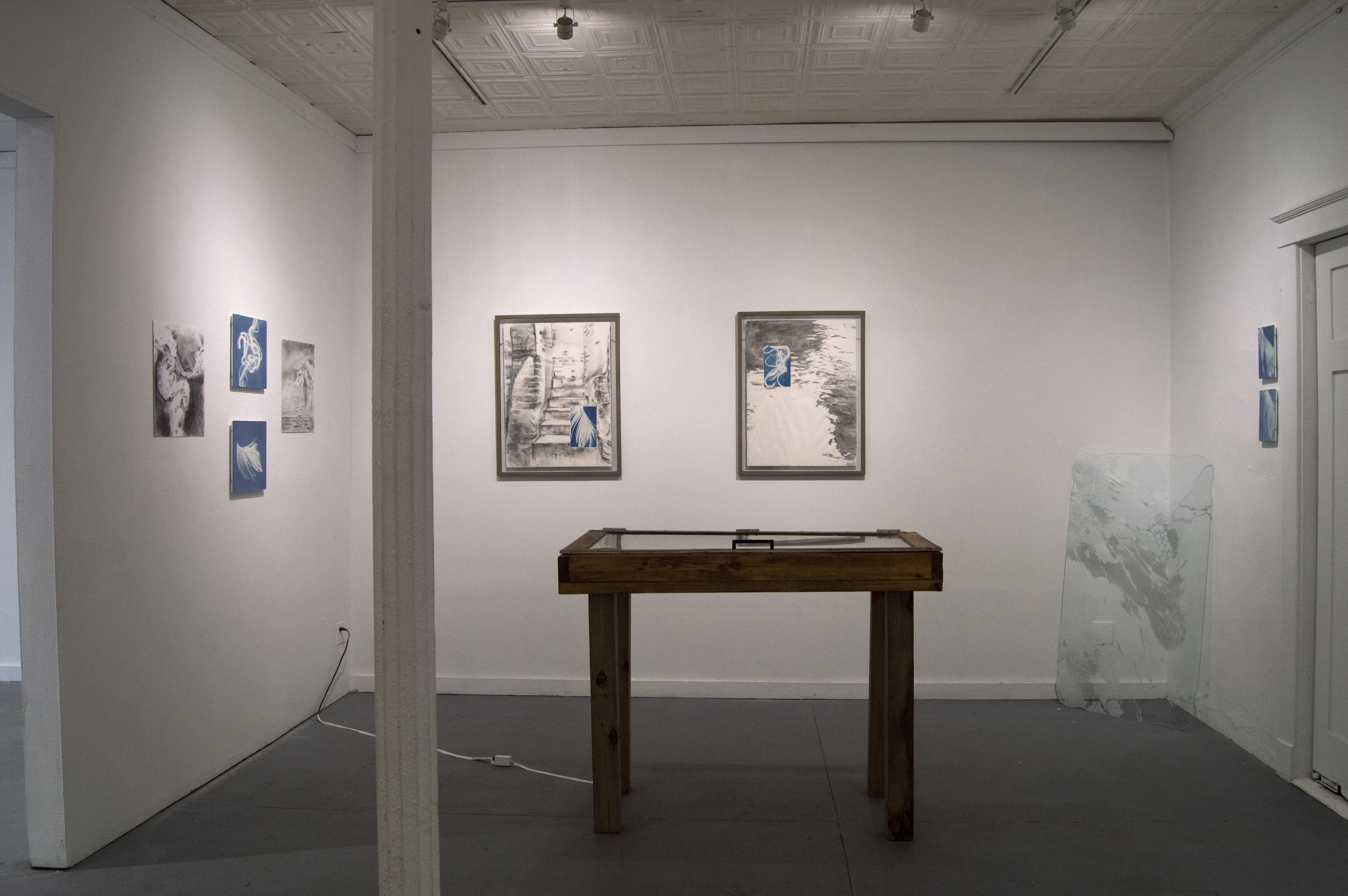
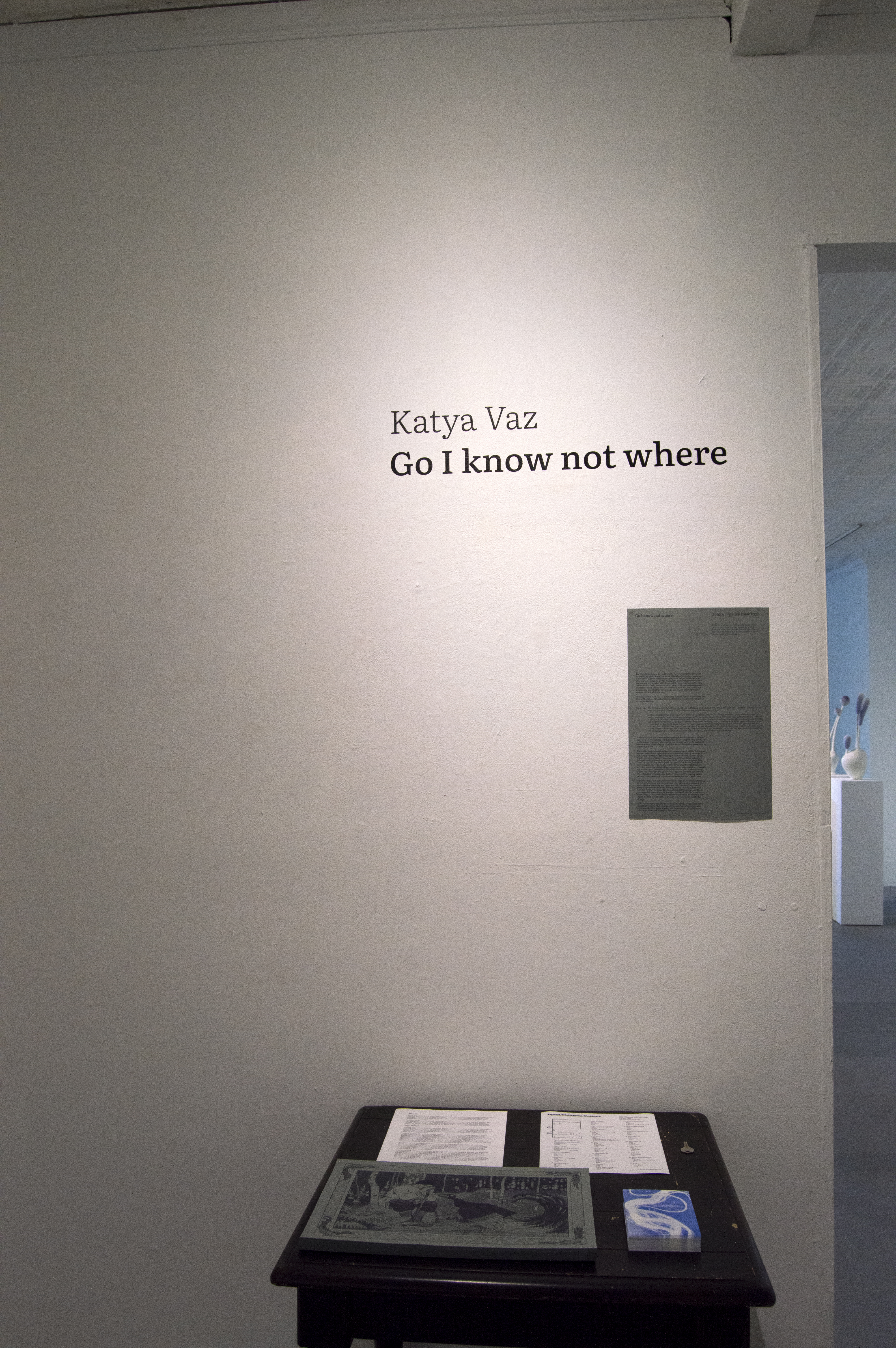
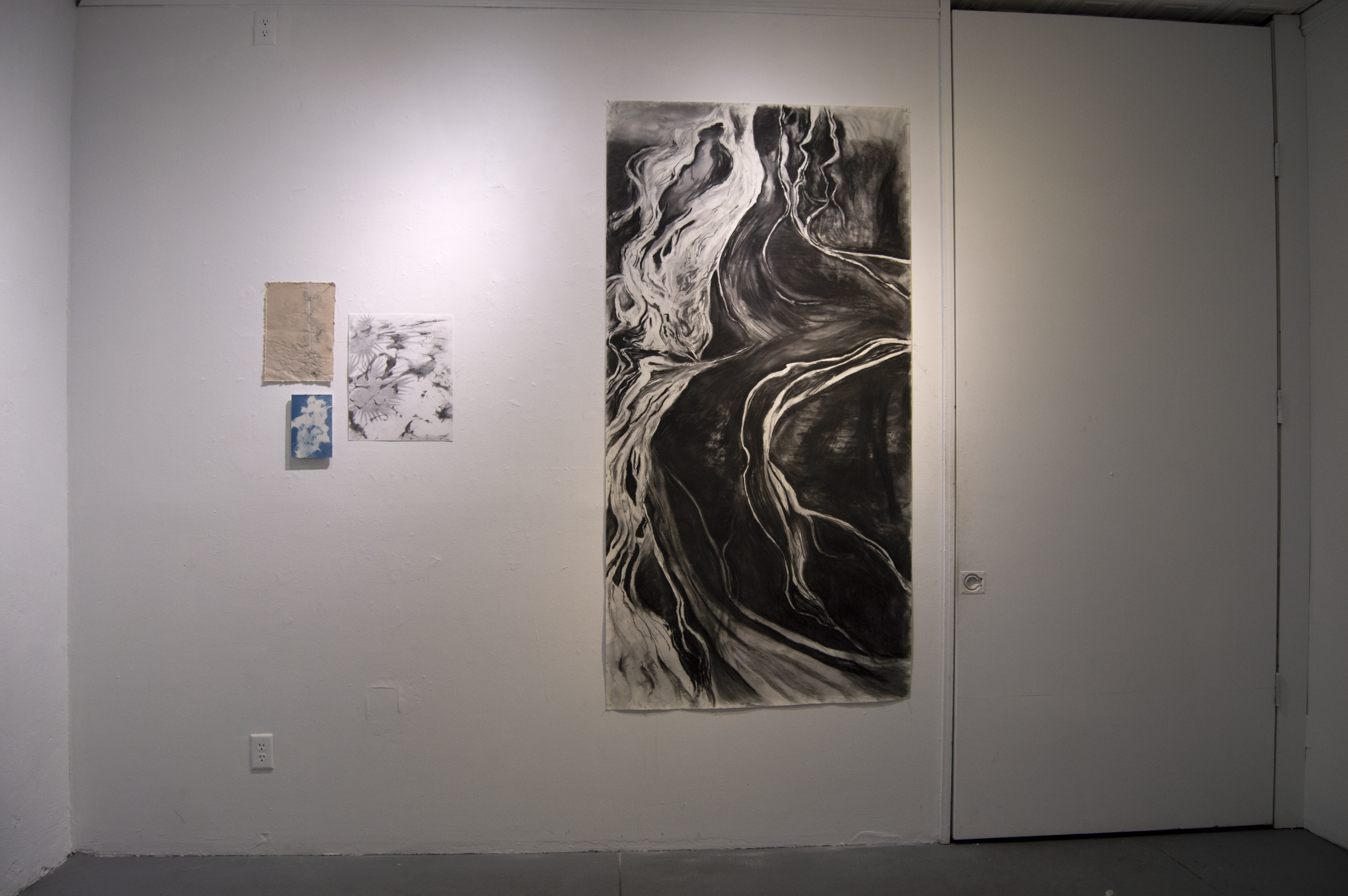

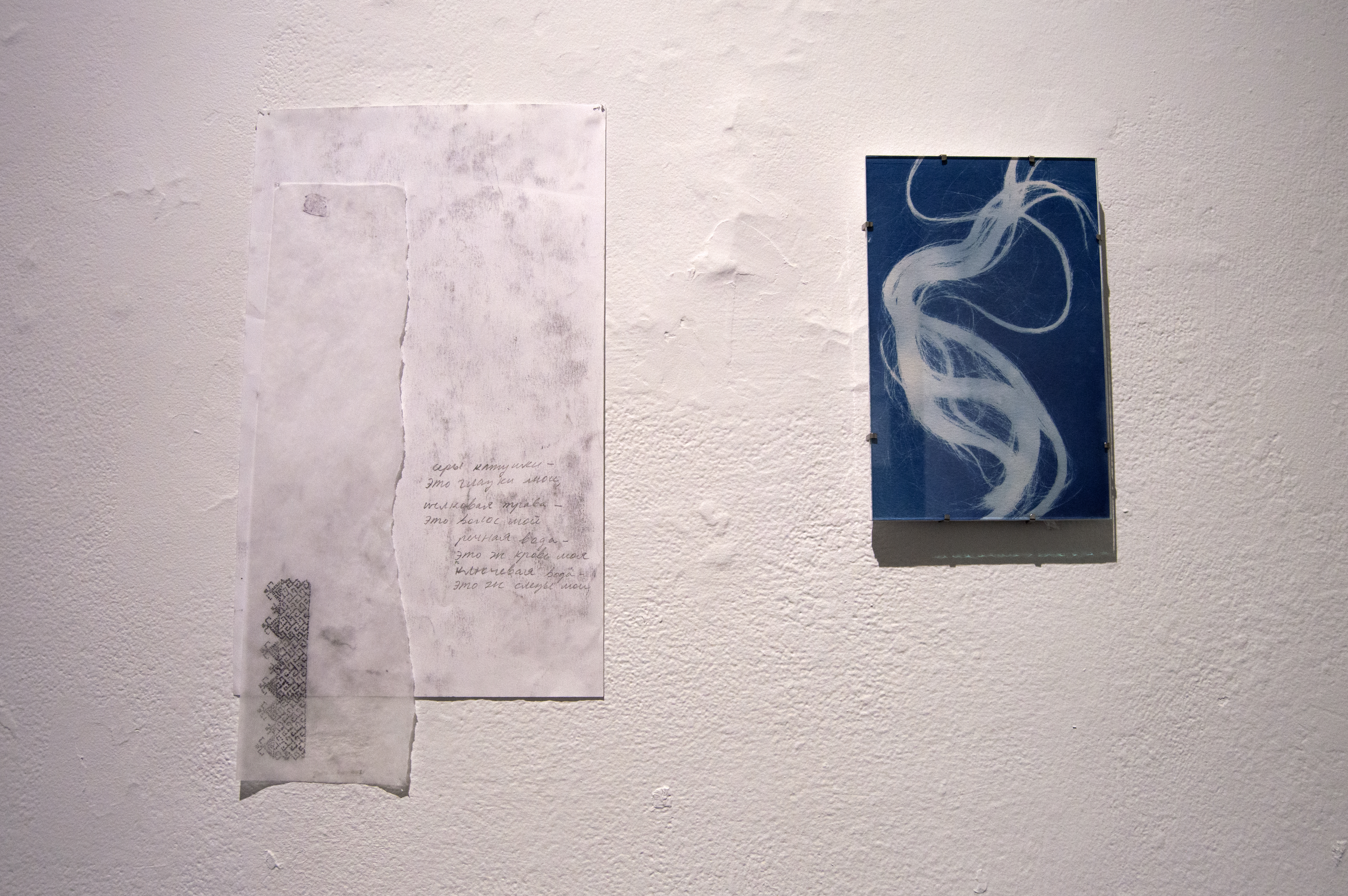


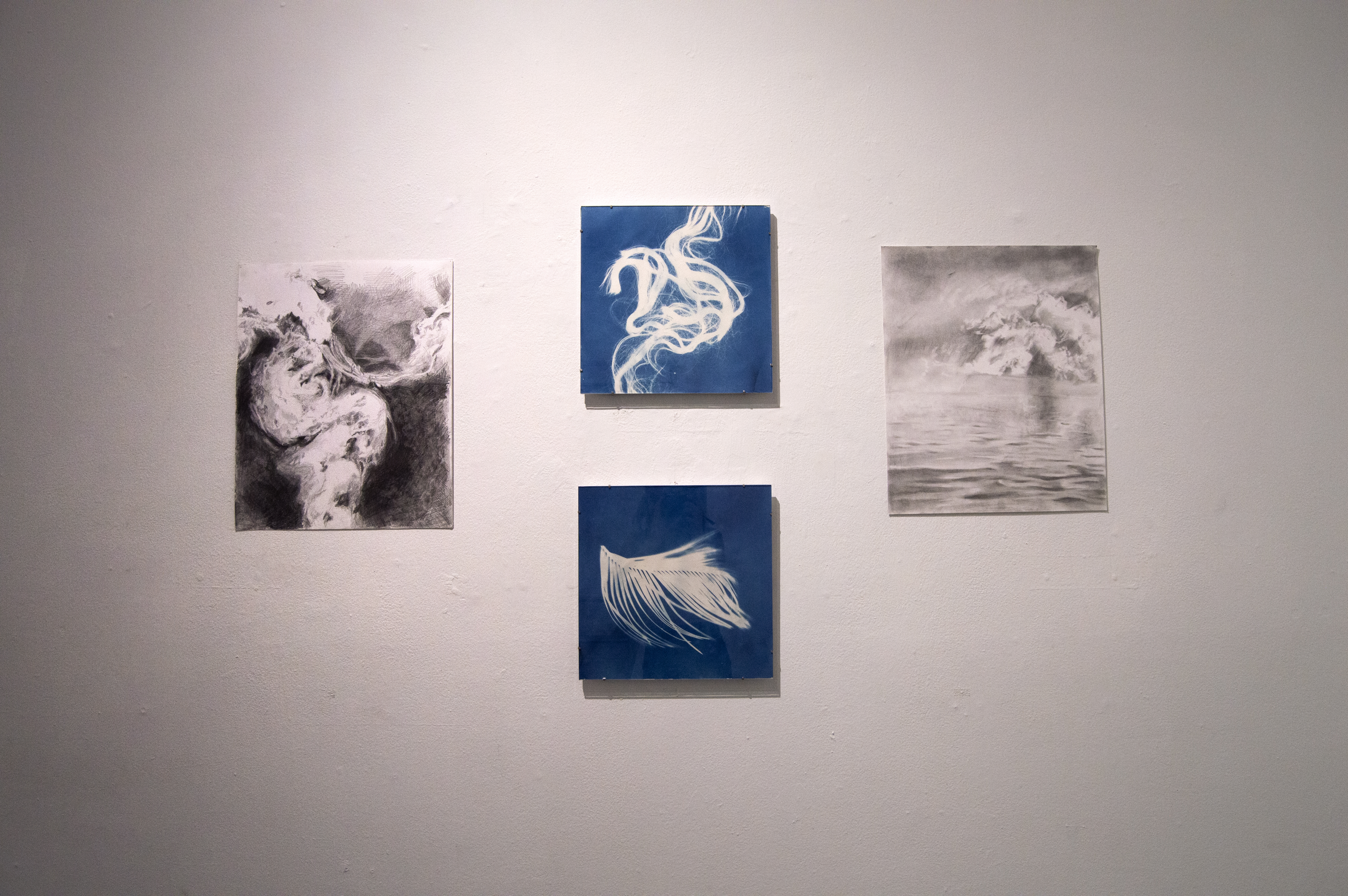

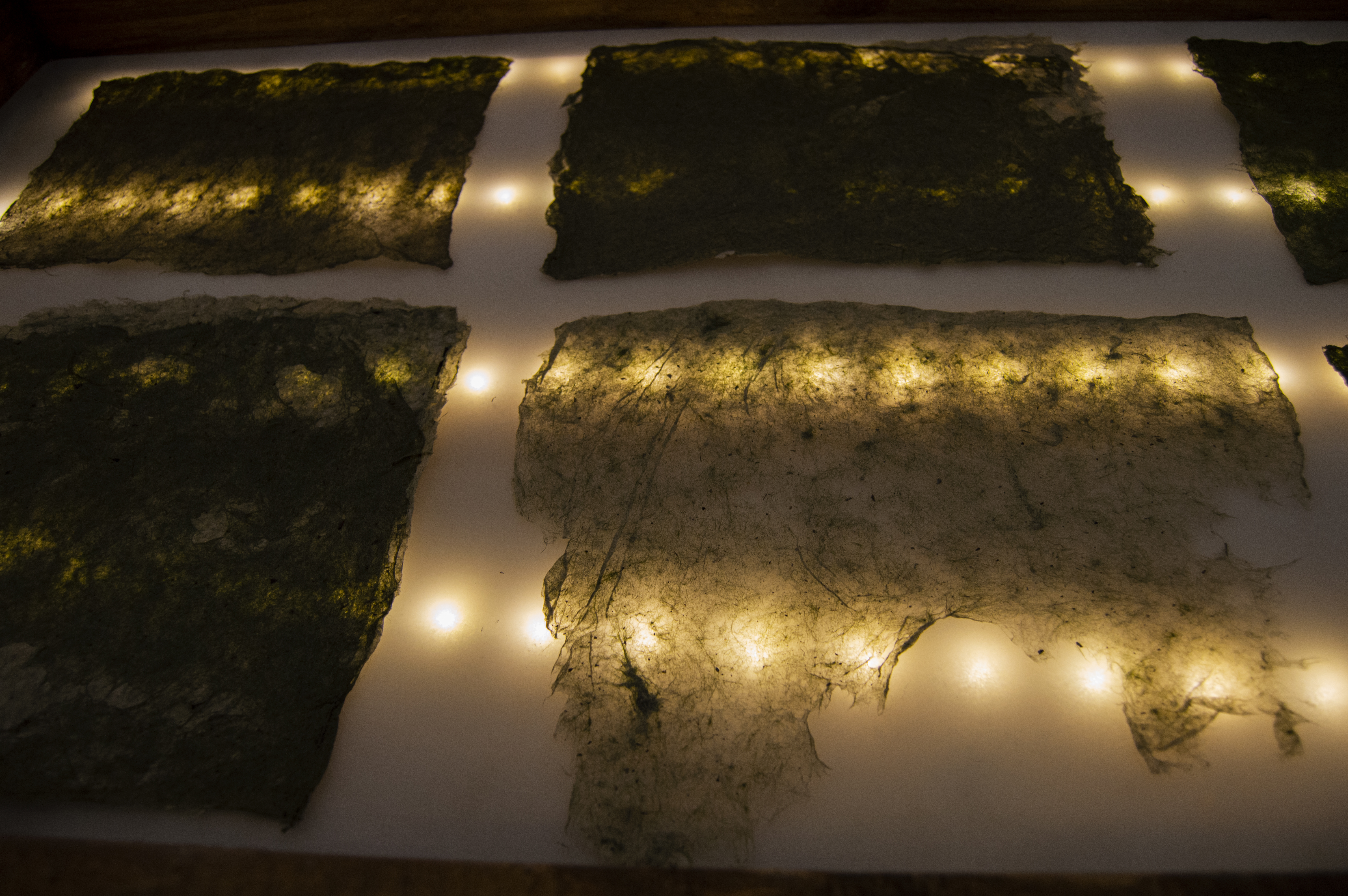


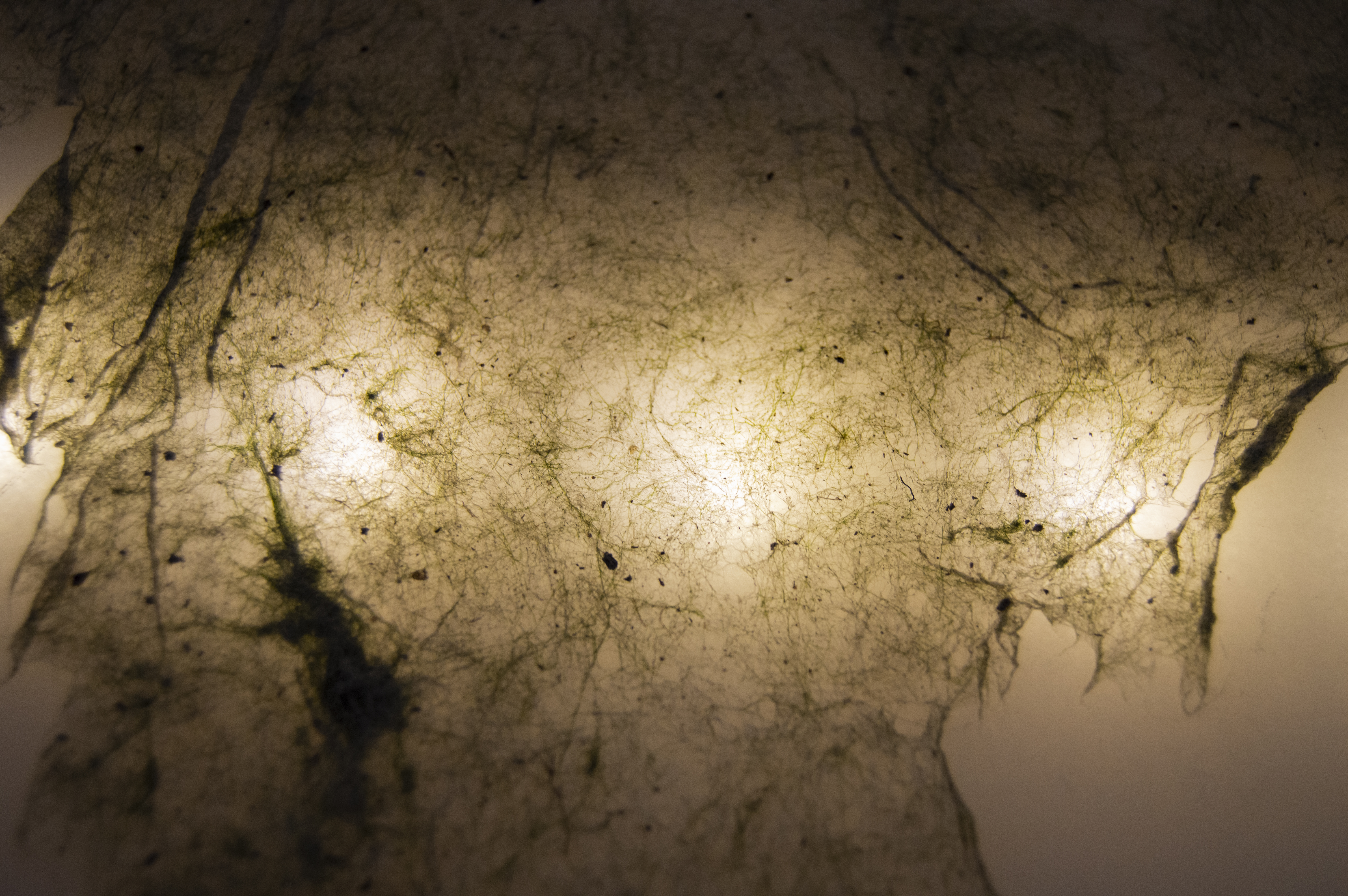
Good Children Gallery
Setpember 14 - October 6, 2024
Setpember 14 - October 6, 2024
Installation shots from solo show, Go I know not where, at Good Children Gallery in New Orleans, Louisiana
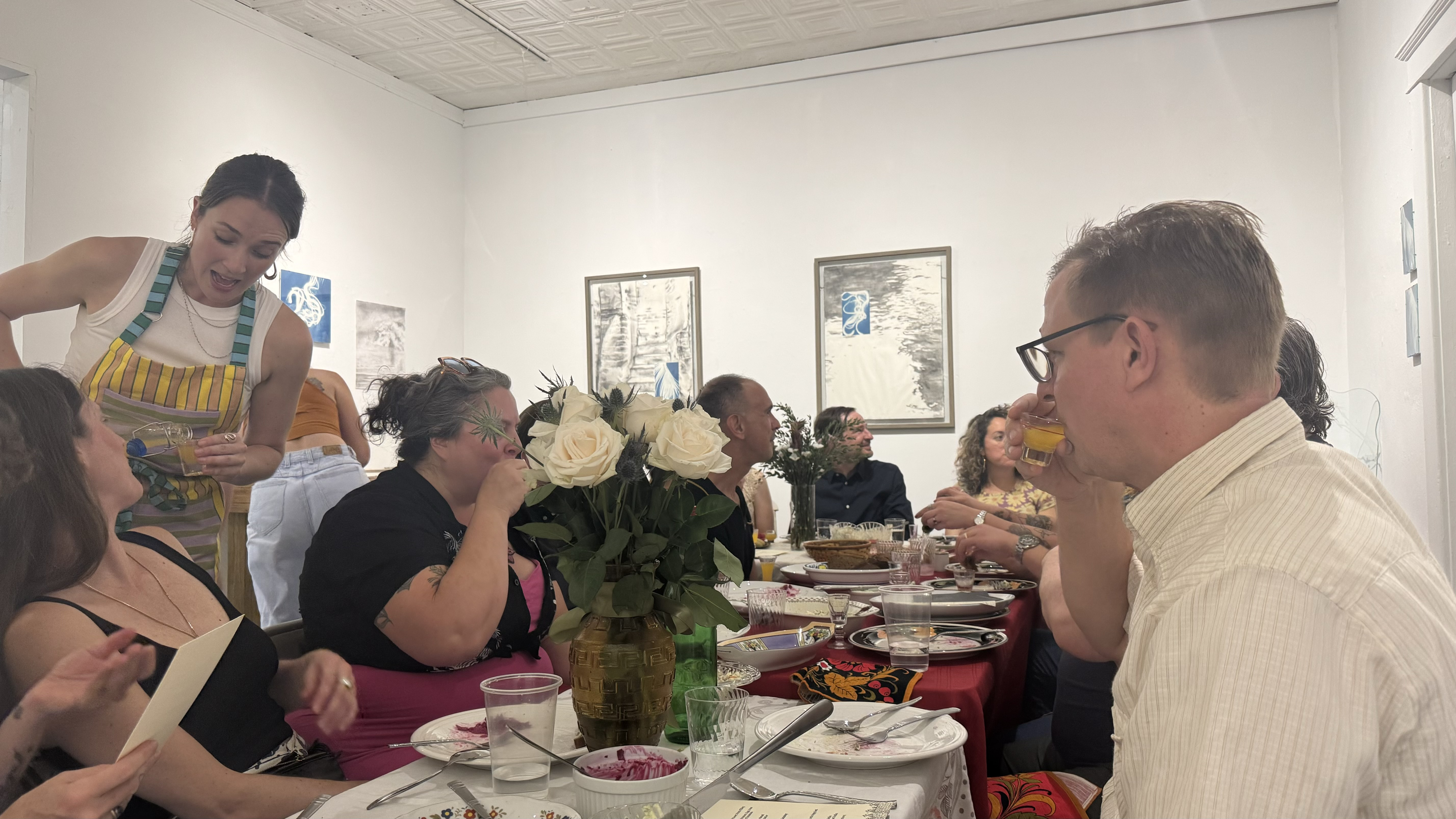
Stolovaya
September 28, 2024
Photography by Victoria Gudino & Irma Nikolayeva
September 28, 2024
Photography by Victoria Gudino & Irma Nikolayeva
In the frame of the exhibition, Katya Vaz and Katya Simkhovich (founder of Dom Zakuski) organized a multi-course dinner and discussion surrounding Louisiana and Eastern European cuisine, how food and tradition are influenced by geographical location and culture, and finally how to connect with a culture outside of its original context, bringing together 23 people. The dinner was accompanied by a small book that describes both the dinner and significance of the exhibition in further detail, as well as letterpressed menus, both designed and produced by Katya Vaz.
The name, Stolovaya, comes from a type of casual dining establishment commonly found in Russia and other former Soviet countries. Often compared to a cafeteria, it offers a variety of affordable, home-style dishes in a straight forward setting. Customers typically select their meals from a counter, where they can choose from options like soups, stews, and salads. Stolovayas are known for their communal atmosphere and are popular for their hearty, traditional offerings.
The name, Stolovaya, comes from a type of casual dining establishment commonly found in Russia and other former Soviet countries. Often compared to a cafeteria, it offers a variety of affordable, home-style dishes in a straight forward setting. Customers typically select their meals from a counter, where they can choose from options like soups, stews, and salads. Stolovayas are known for their communal atmosphere and are popular for their hearty, traditional offerings.



Joan Mitchell Center
Research and development of Go I know not where during the Joan Mitchell Center residency in 2024.









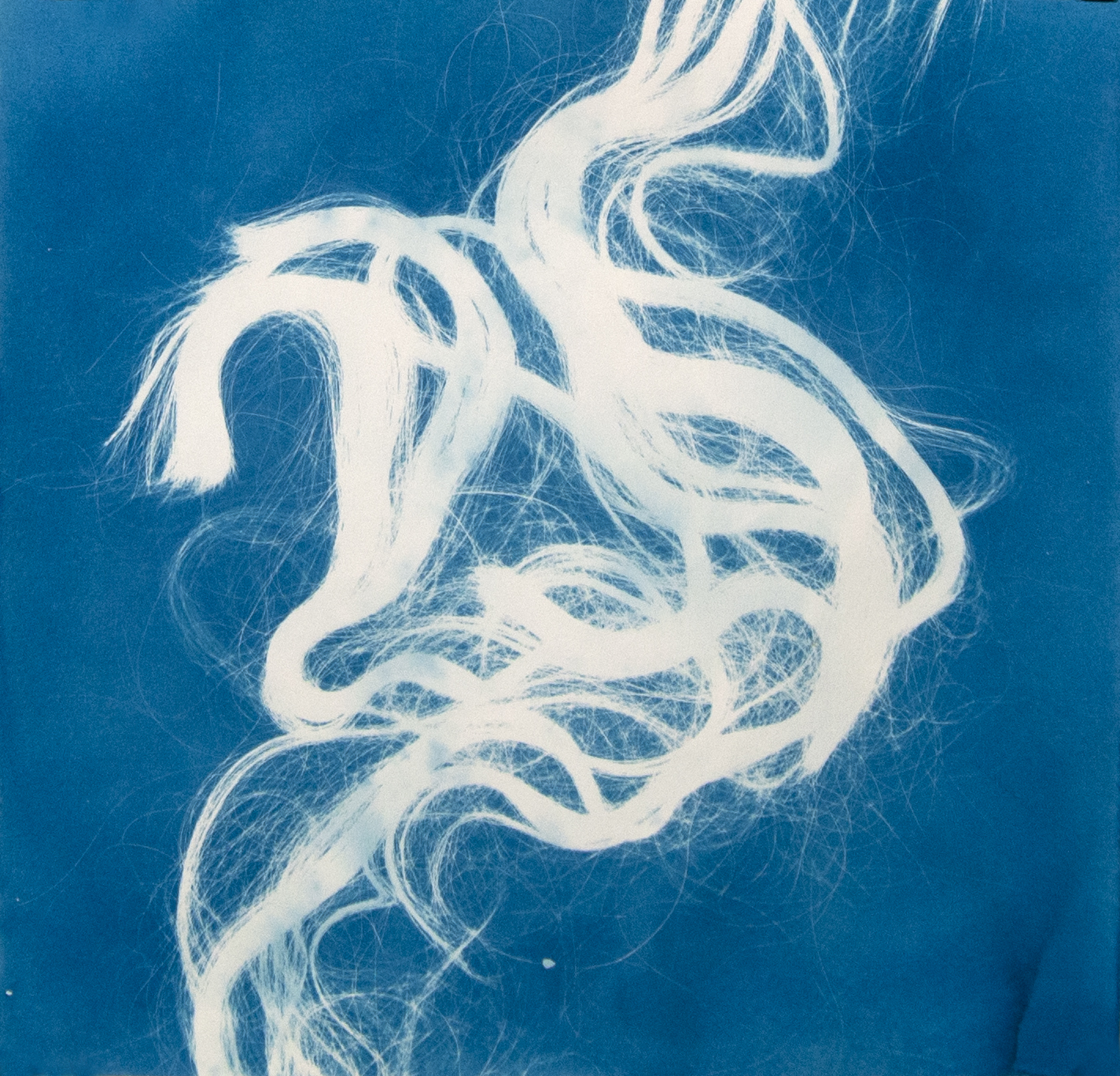
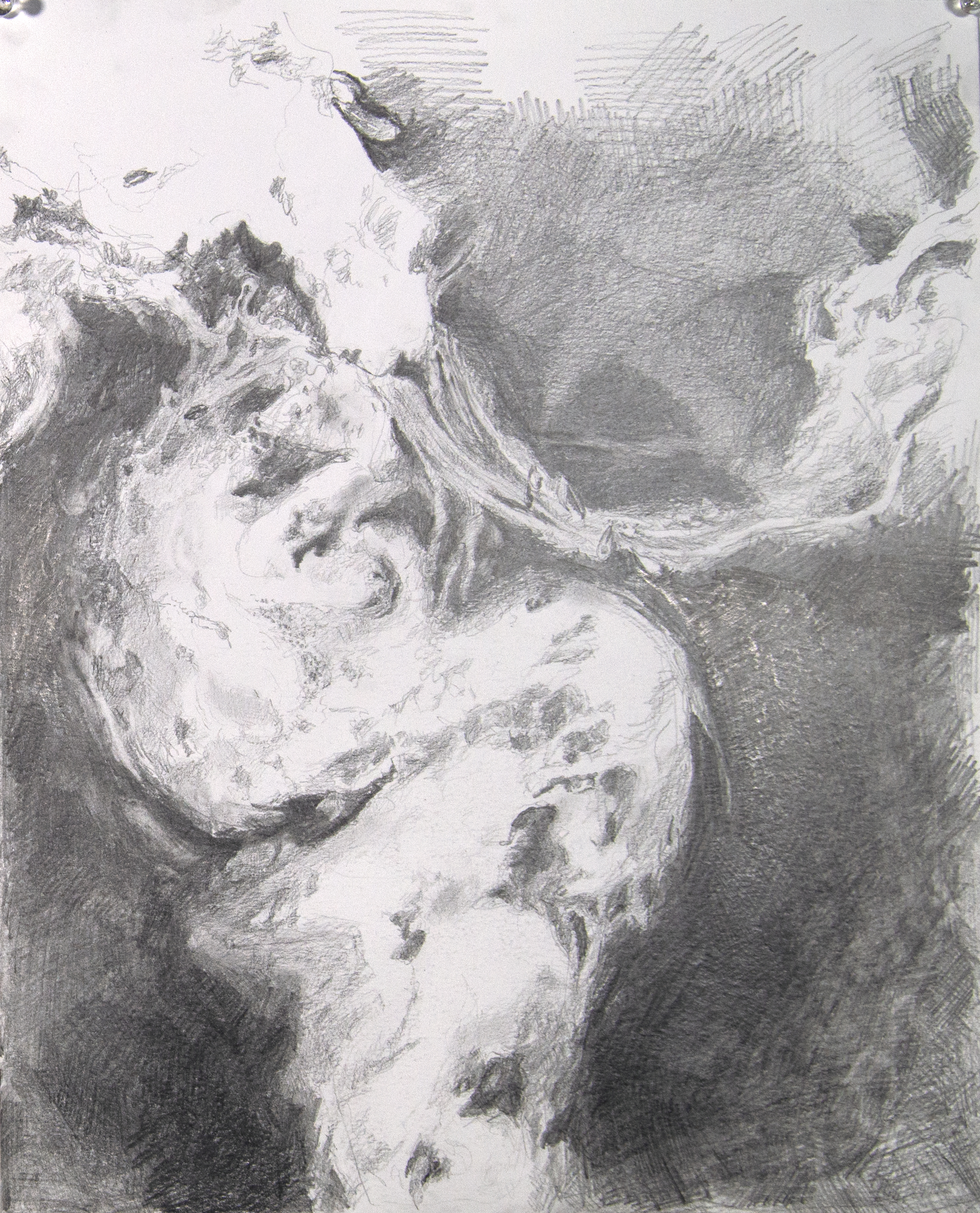










Individual Works



pyaterochka, 2019
This painting, featuring a display of sausage in a typical Russian corner store like Pyaterochka, delves into the concept of commonality and familiarity within a specific cultural context. By focusing on this everyday scene, the work explores how certain items and practices become symbols of shared experience and identity among those within the group, while remaining largely unnoticed or even unfamiliar to outsiders. Through this depiction, the painting invites viewers to consider how ordinary objects can serve as markers of cultural belonging and highlight the nuanced boundaries that define inclusivity and exclusivity in everyday life.

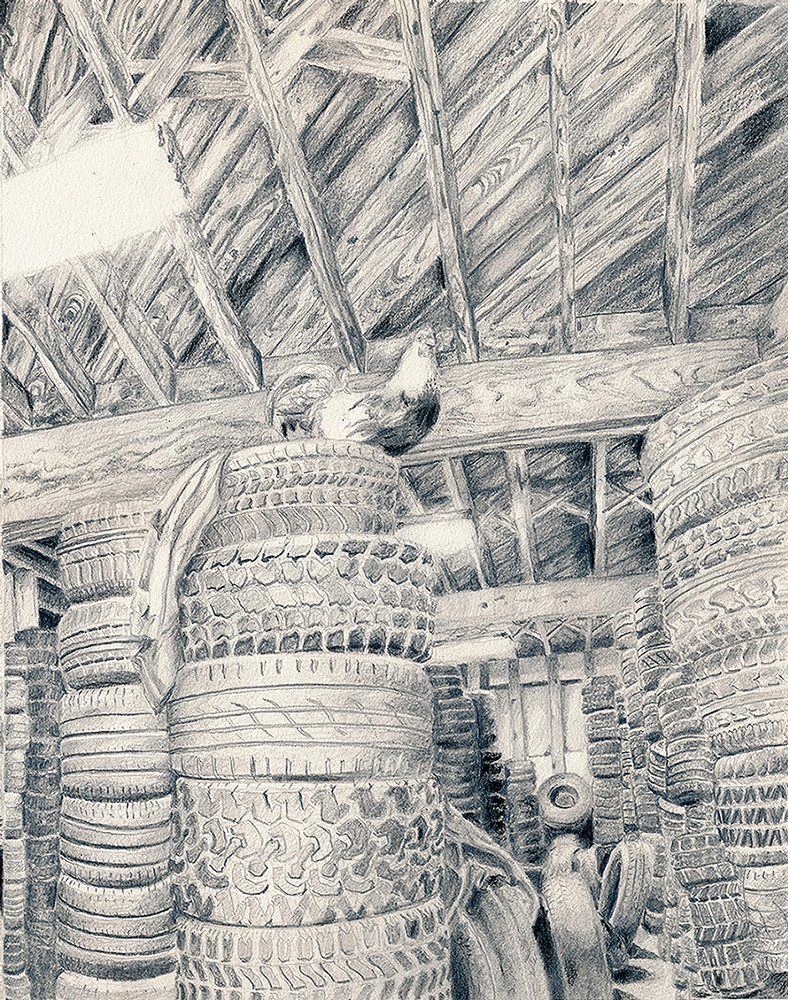

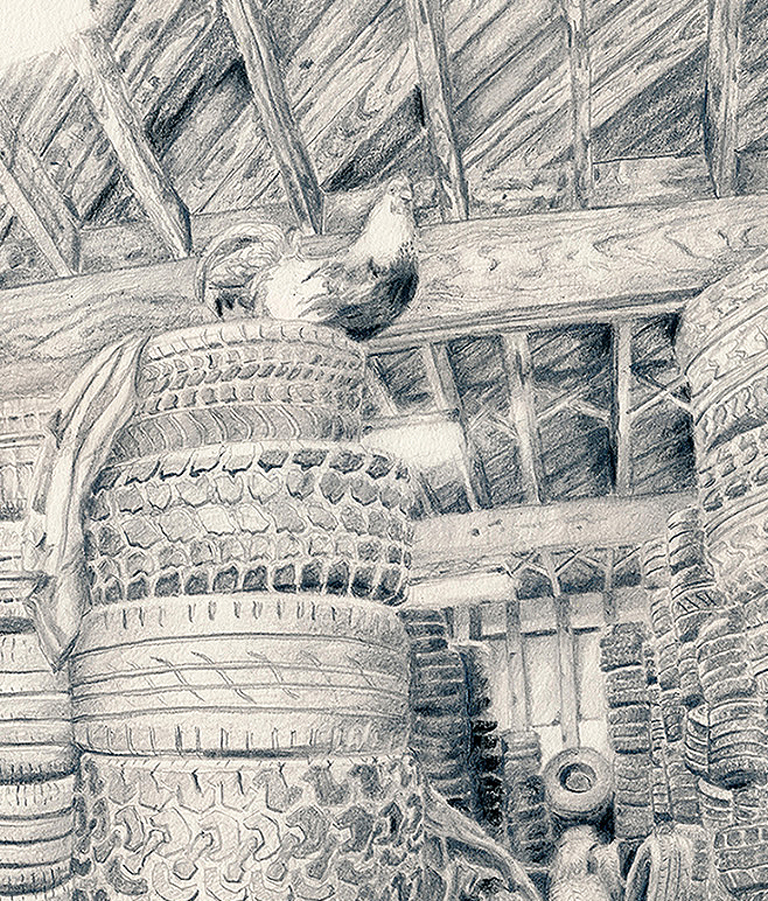

i don’t know you or me, 2019
Split graphite drawing. On the left is a cafe with plastered walls and a lace table cloth in Suzdal, Russia. On the right is a tire shop in New Orleans with stacks of tires and a chicken sitting atop one of them. The drawing explores merging dualities. The line where opposing identities meet.




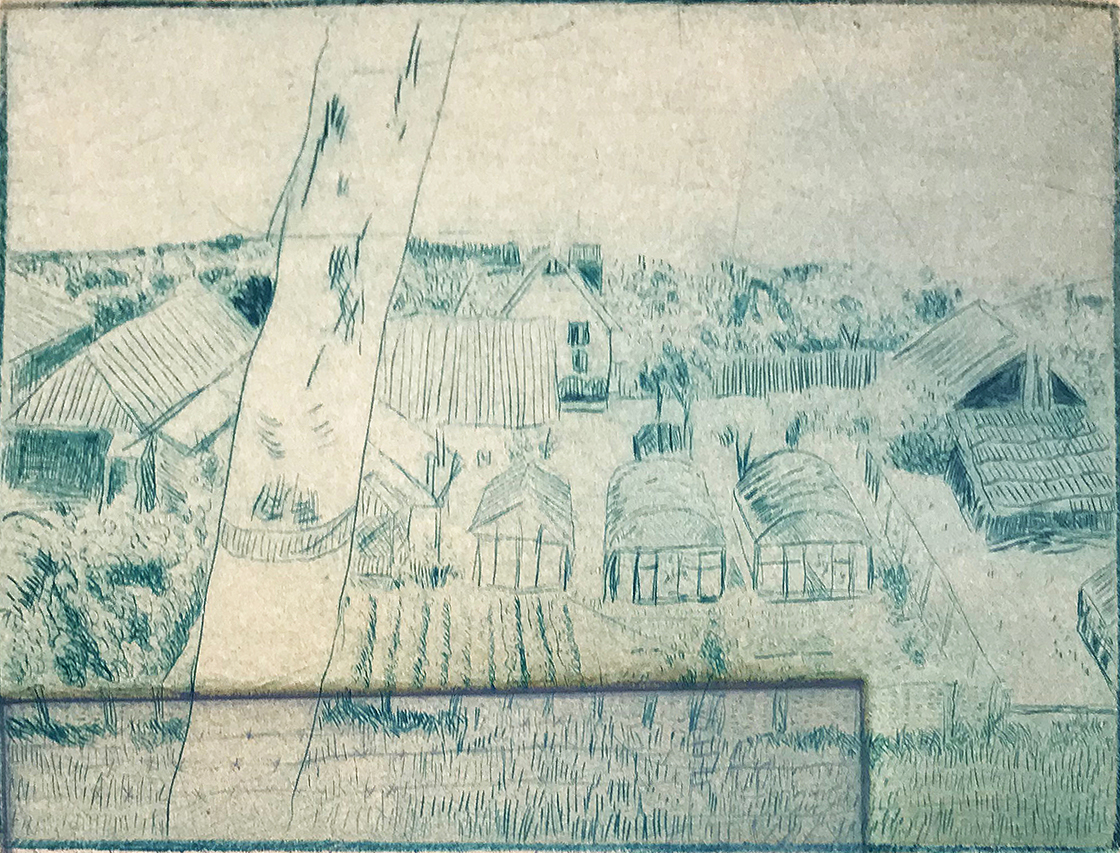

long days, short rides, 2020
Two etchings - one of a train ride to Aleksandrov, Russia the other of a friend spray painting on the train tracks behind the Japonica School artist studios in New Orleans. This work plays with duplicity and finding semblances of one’s self in alternative contexts.
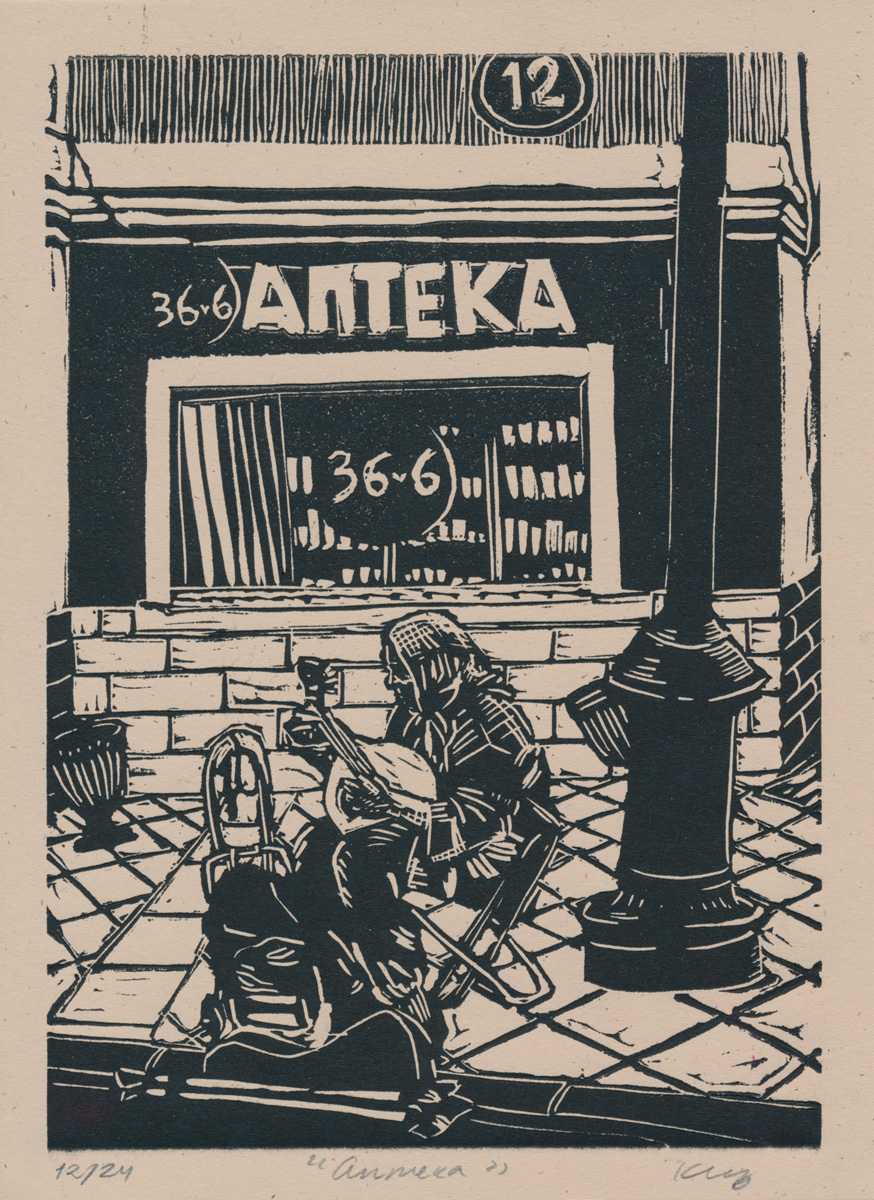
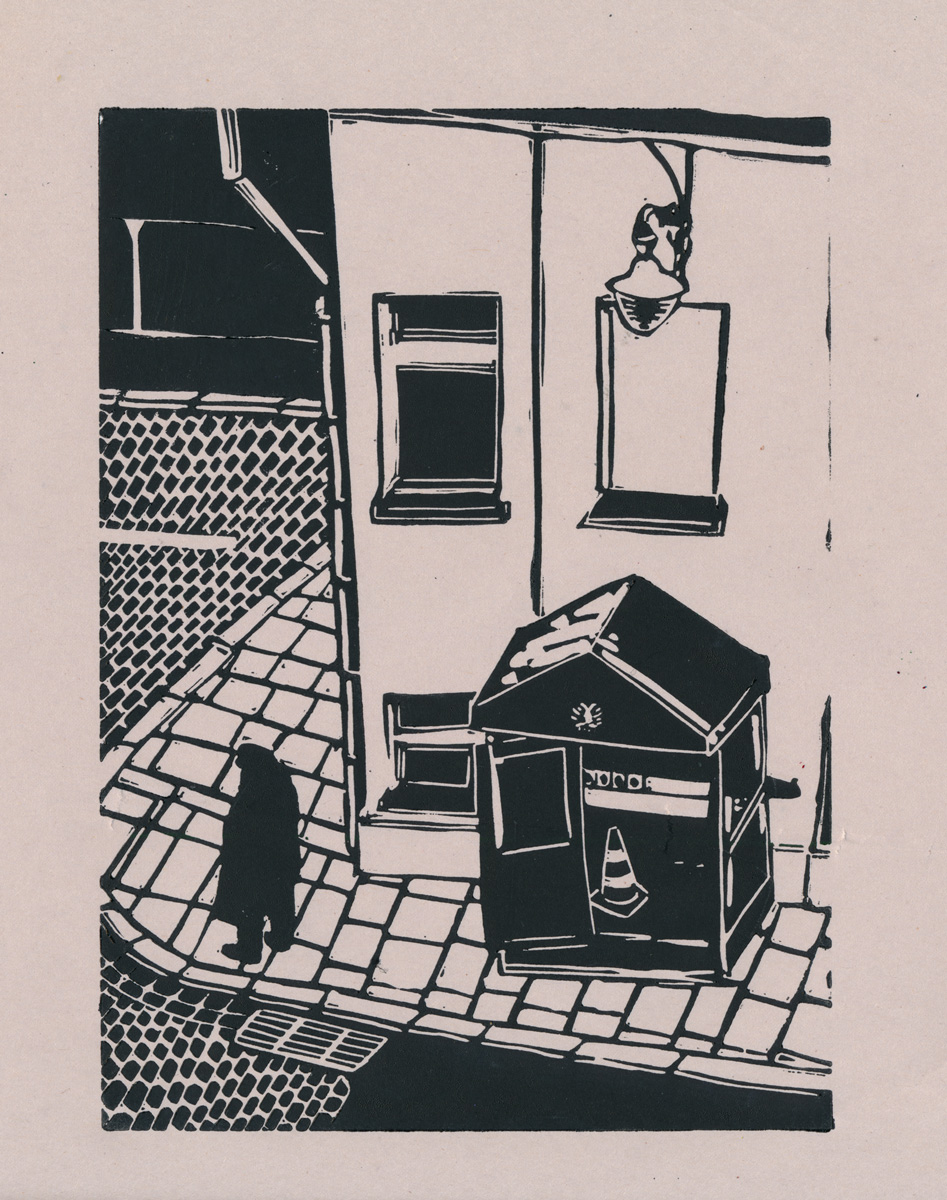
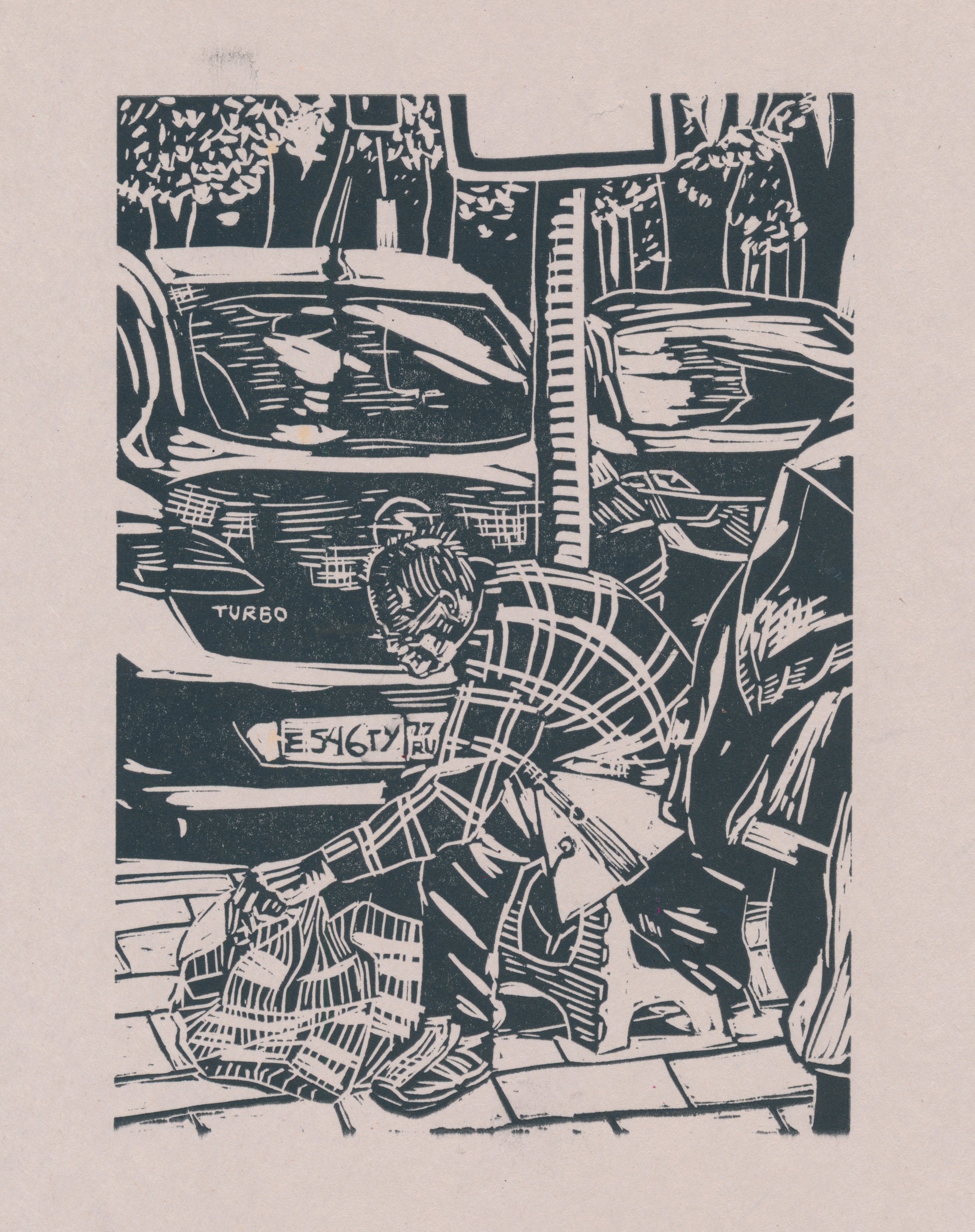
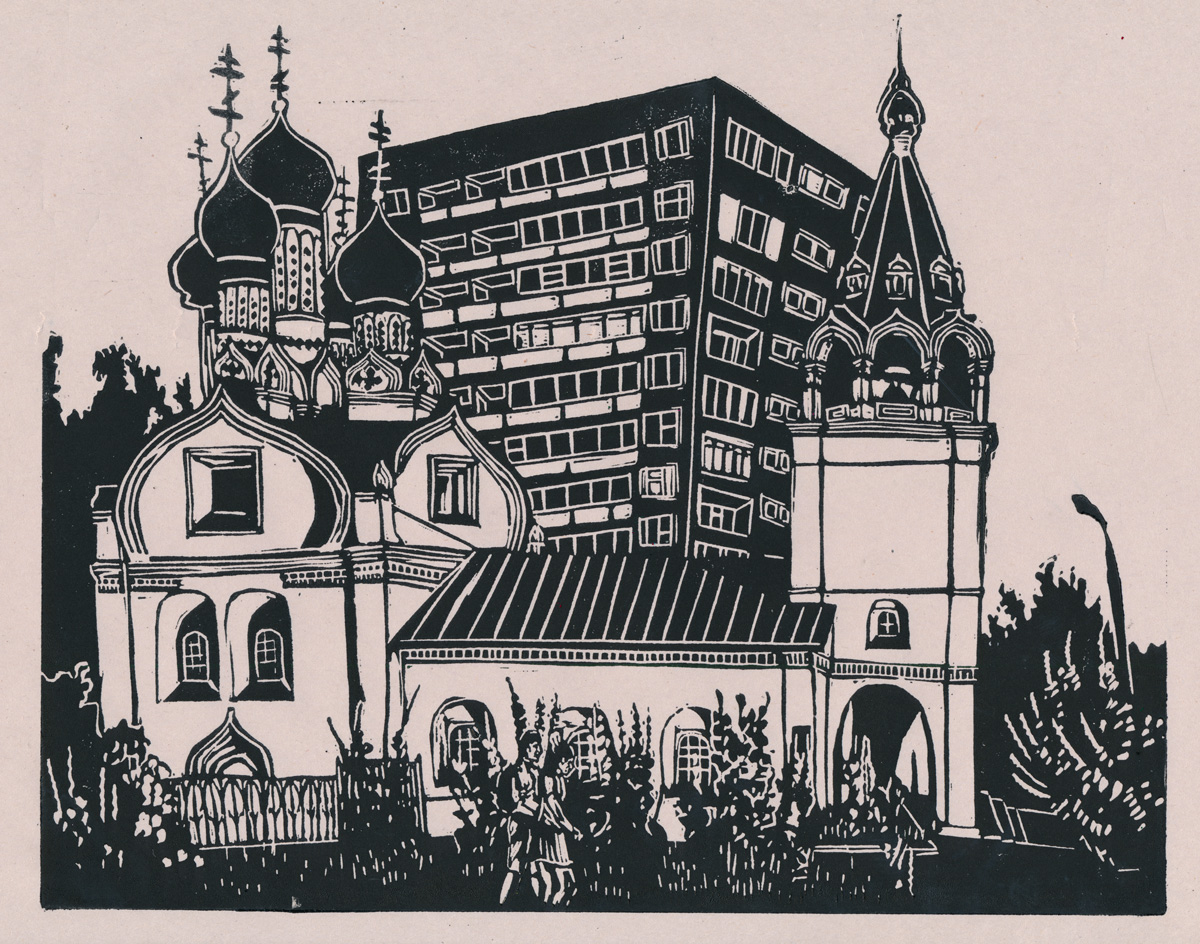
(d)evolving traditions, 2023
This linoleum block print series explores a complex yet nostalgic relationship with my birth country, which has come to feel estranged in times of war. Through the meticulous process of creating these prints, I aim to capture and reconcile the intricate emotions and memories tied to this country.